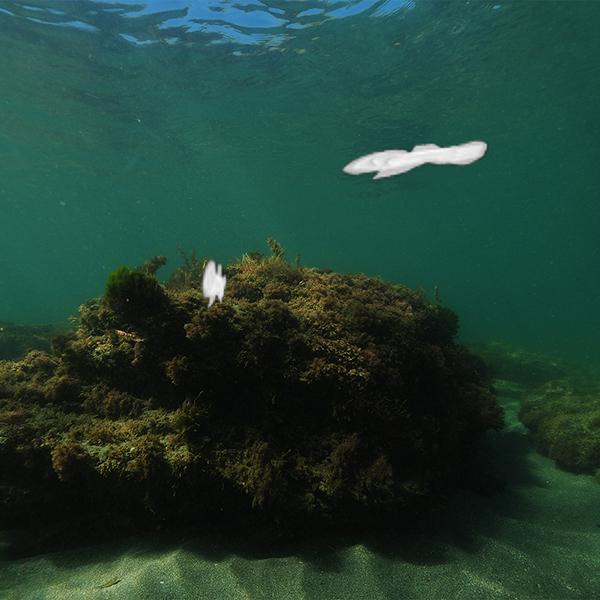Menstrual panties eco-friendly care for yourself and the planet

Menstrual panties are more than just a comfortable choice. They are a statement that self-care and environmental responsibility can go hand in hand, making sustainability simple and stylish.
In a world where every small change matters, menstrual panties not only reduce stress during your period but also contribute to protecting the planet.
A step towards conscious and responsible living
Menstrual panties are not just a replacement for disposable hygiene products; they represent a shift toward a more conscious and responsible lifestyle. By choosing reusable options, you minimize waste and lessen your impact on the environment.
The environmental impact of menstrual products
Measuring the environmental footprint of menstrual products is a complex process. It involves the use of raw materials, energy, and water at all stages of production, as well as the impact of product materials and packaging.
Disposable pads, for example, contain up to 90% plastic, most of which ends up in landfills, where it takes 500 to 800 years to decompose. Plastic never fully disappears—it breaks down into microplastics that severely damage ocean ecosystems and other water bodies.
More sustainable alternatives: menstrual cups and panties
Menstrual cups are a more sustainable choice, often lasting up to ten years. However, they are used alongside regular underwear, which also requires production and disposal. This means additional resource consumption and waste generation.
Menstrual panties provide an even cleaner alternative, offering both protection and comfort in one product. By eliminating the need for separate underwear and hygiene products, they significantly reduce waste.
The ecological problems of disposable pads and tampons
Disposable pads and tampons are primarily made of cotton mixed with viscose and synthetic fibers such as polyester. Pads contain even more plastic than tampons, including waterproof backings and additional absorbent layers.
After use, these products either end up in landfills or enter water systems when flushed down toilets, causing serious environmental issues.
Menstrual panties: combining comfort with sustainability
Menstrual panties offer comfort, security, and eco-friendliness all in one. Unlike disposable tampons and pads, which generate vast amounts of waste, reusable menstrual panties help significantly reduce environmental impact.
Every year, approximately 200 billion tampons and pads are discarded worldwide. These products take centuries to decompose, polluting land and oceans. Menstrual panties help lower this waste volume and provide a cleaner, more sustainable solution for those looking to reduce their ecological footprint.
Reducing plastic waste and harmful chemicals
Avoiding single-use plastics and synthetic chemicals commonly found in disposable hygiene products is a step toward a healthier and more eco-conscious lifestyle.
A single pair of menstrual panties can replace 200 to 300 disposable pads or tampons over its lifespan, leading to significant resource savings and lower personal costs.
Impact on marine ecosystems
Menstrual waste has a major impact on marine life. Disposable menstrual products and their packaging contribute to microplastic pollution, which disrupts ocean ecosystems.
By switching to menstrual panties, you reduce the amount of waste entering water systems, making a positive difference for both the planet and future generations.
Conclusion
In the end, menstrual panties are a conscious choice that benefits both you and the environment. By using them repeatedly, you help reduce the immense waste generated by disposable hygiene products each year while contributing to a more sustainable and responsible future.
Menstrual panties are not just a practical solution—they are a step toward a healthier, safer, and more eco-friendly lifestyle, both for you and the world around you.
Sources:
- David Suzuki Foundation, Period Pollution: The Environmental Impact of Disposable Menstrual Products
- Cleaner Environmental Systems, Volume 7, December 2022, Menstrual Products: A Comparable Life Cycle Assessment
- Megan E. Harrison, Nichole Tyson, Wiley’s Obstetrics and Gynecology Hub, Menstruation: Environmental Impact and Need for Global Health Equity


